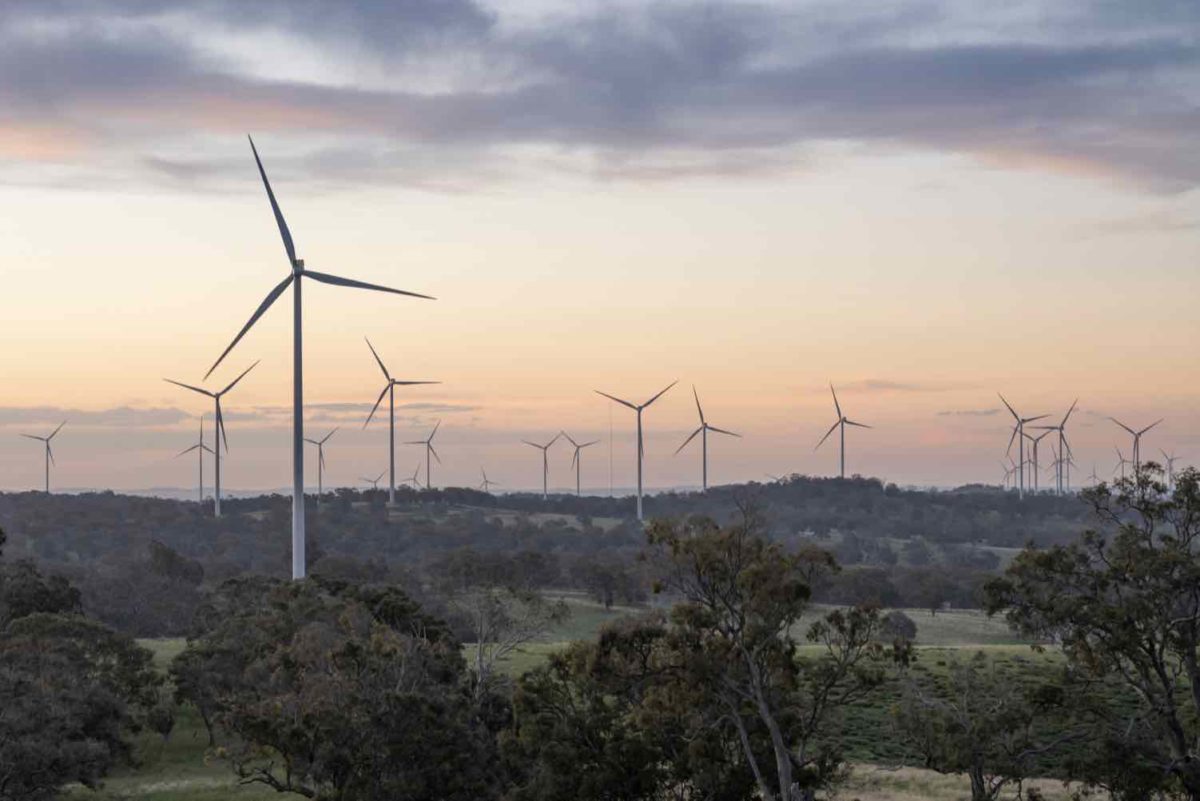Some of the country’s biggest solar and wind farms will be badly affected by a new grid assessment that significantly downgrades the amount of revenue they can pocket from their production.
The final assessment of Marginal Loss Factors (MLFs) by the Australian Energy Market Operator confirms a draft assessment that many wind and solar farms will be hit hard by the change in flows on the grid, driven mostly – ironically – by coal plant closures and grid upgrades.
However, it appears that the final assessment is not as bad as first feared, with AEMO dialling back some of the biggest changes since the draft report was released in February.
The worst affected – as flagged in the interim report – are those in northern NSW, including the newly inaugurated New England solar farm, which is destined to be the largest in the country – at least for a time – when it reaches it full capacity of 400MW at the completion of its first stage, and 720MW after the second.
Its MLF has been cut from 0.9007 to 0.8718, although this is not as bad as the 0.8559 flagged in the interim report.
Another badly affected solar farm is the pioneering 57MW Moree solar farm, the first in the country to feature the now standard solar tracking systems, which sees its MLF downgraded from 0.8275 to what appears to be a grid-wide low of 0.7977, although this its somewhat better than the 0.7825 flagged in the interim report.
An MLF of 0.8 means that the solar farm will only will receive credit, and payment for 80 per cent of its output. An MLF of around 1.0 – suggesting it is either close to load, or in a good part of the grid – means a facility will get credited for all its output.
The MLFs have been a cause of contention for many years, and has led to calls for a change in the way grid losses are assessed.
The latest downgrades have been driven, according to AEMO, mostly be the expected closure this month of the Liddell coal generator, and the potential return to service of the troubled Callide C coal generator in Queensland, where one unit blew up in May, 2021.
An increase in capacity along the main transmission line from Queensland to NSW means increased flows from the north, effectively crowding out some of the wind and solar projects located in the north of NSW.
Other facilities to be badly affected include the Sapphire wind farm, now part of Andrew Forrest’s renewable energy portfolio, the White Rock wind and solar farms, and the Metz solar farms.
“This has primarily been driven by a material increase in southerly flows from Queensland,” AEMO says.
“The projected flows between New South Wales and Queensland have a strong diurnal pattern (daily trend in strength of flow), which results in the materiality of the impact increasing for connection points where the projected flows correlate strongly with this diurnal pattern.”
However, the scale of the reductions – in the order of 3.5 per cent on average – has been reduced from the draft report because of delays in the staged increase in capacity of the transmission line from Queensland, and from some modelling changes.
The news is better for solar farms in the west of NSW, which enjoy an average increase of one per cent, mostly due to an increase in local demand, and a decrease in local thermal generation as a result of more outages in those facilities.
Among those to benefit are the long-suffering Molong and Manildra solar farms – located along the so-called “line of losses” who have both had their MLFs upgraded significantly, but still face the threat of curtailment from other factors that has limited their output by up to half in recent years.
South-western NSW also enjoyed an average increase of 0.4 per cent.
Other areas to suffer are solar farms in central and north Queensland, again because of the anticipated increased output from the big – and mostly state owned – coal generators in central Queensland, although the scale of the impact is reduced by the further delayed return of the Callide C generators.
Among those worst affected are the Kidston, Collinsville, Clermont, Moura, Middlement, Ross River, Hayman, Haughton, Hamilton, Daydream and Rugby Run solar farms.










